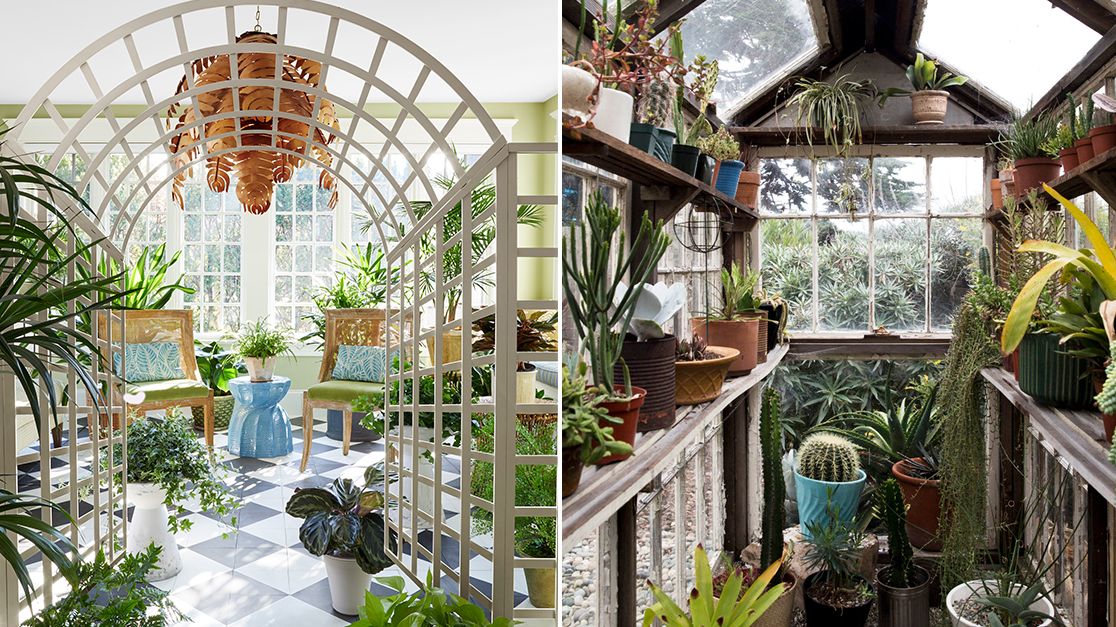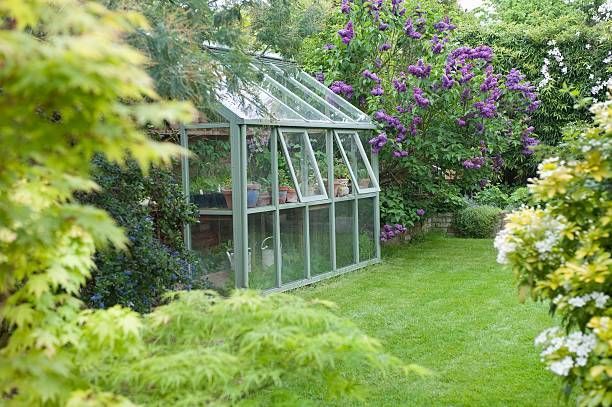Residential Oasis: Monarch Residential Greenhouse Utah Sanctuary for Plant Kingdoms
Wiki Article
The Future of Greenhouses: Advancements in Sustainable Farming
Are you interested concerning the future of greenhouses and just how they are revolutionizing sustainable agriculture? From advanced climate control systems to vertical farming techniques, water-efficient irrigation methods, renewable energy integration, and smart data analytics, these advancements are transforming the way we grow our food.Advanced Climate Control Systems
To achieve optimal growing conditions, you can count on the innovations in greenhouses with advanced environment control systems. These systems have actually changed the way we cultivate plants, giving a regulated atmosphere that contributes to plant growth. With these ingenious systems, you can now adjust temperature level, moisture, light levels, and also carbon dioxide concentrations to create the excellent problems for your plants to grow.One of the crucial functions of these innovative environment control systems is their capability to control temperature. By utilizing sensors and automated controls, the greenhouse can readjust the temperature level based upon the particular needs of the plants. This ensures that they are never ever exposed to severe warm or cold, which can be destructive to their development.
Humidity control is an additional important aspect of these systems. By keeping the optimal humidity levels, you can avoid issues such as mold and mildew, mildew, and illness from affecting your crops. These systems can also control the quantity of light that reaches the plants, ensuring that they get the optimal quantity for photosynthesis.
Furthermore, progressed environment control systems can even control carbon dioxide focus. By enhancing the degrees of carbon dioxide in the greenhouse, you can enhance plant development and efficiency. This is specifically helpful in locations with reduced natural CO2 levels.
Vertical Farming Techniques
One important vertical farming strategy is using stacked expanding systems. Stacked expanding systems are frequently utilized in city locations where room is limited.One prominent technique is referred to as vertical hydroponics, where plants are grown in nutrient-rich water without dirt. This strategy is very reliable as it lowers water usage by up to 90% compared to typical farming approaches. In addition, since the plants are expanded inside, they are shielded from diseases and pests, reducing the requirement for pesticides.
An additional strategy is aeroponics, which involves suspending the plant origins in a haze or air setting. This technique permits ideal nutrient absorption and oxygenation, causing faster development and higher yields. Aeroponics also uses much less water than conventional farming and can be implemented in upright systems, making it a preferred choice for upright farming.
Water-efficient Watering Methods
When it comes to executing water-efficient watering techniques in sustainable farming,Making the most of water preservation is necessary. With worldwide water scarcity coming to be a pressing concern, it is critical to create ingenious strategies that enhance water use in greenhouse site web operations.One encouraging technique is drip watering, which delivers water straight to the plant roots, lessening waste and dissipation. By utilizing a network of tubes with little emitters, water is applied gradually and precisely, making certain that plants receive the needed moisture without excess overflow.
An additional effective method is the use of soil dampness sensors. These devices determine the dampness content in the soil and give real-time data to farmers. By keeping an eye on the soil's moisture levels, farmers can properly determine when and just how much water to use, preventing over-irrigation.
Furthermore, the execution of rainwater harvesting systems is gaining appeal in greenhouse agriculture. Accumulating rainwater from roofs and storing it in tanks enables farmers to utilize this natural deposit for irrigation functions, minimizing dependence on conventional water resources.
Finally, the fostering of automated irrigation systems can significantly enhance water efficiency. These systems utilize sensing units to discover dirt moisture degrees and weather, adjusting irrigation timetables accordingly. By enhancing water use based on real plant requirements, these systems can decrease water waste and advertise sustainable farming practices.
Renewable Energy Combination
Sustainable energy assimilation in greenhouses supplies a number of benefits, consisting of decreased operating prices and reduced reliance on non-renewable energy resources. The produced power can after that be utilized to run various procedures within the greenhouse, such as home heating, illumination, and air flow systems. These turbines harness wind power and transform it into power, which can be utilized to supplement the energy needs of the greenhouse.Smart Data Analytics and Automation
To boost the efficiency of your greenhouse procedures and maximize source usage, consider applying smart my explanation information analytics and automation. Smart data analytics includes collecting and analyzing information from different sensing units and devices within your greenhouse. By monitoring aspects such as temperature level, humidity, light degrees, and dirt moisture, you can get valuable insights right into the health and wellness and development of your plants. This data can assist you make educated decisions regarding readjusting ecological conditions, enhancing watering timetables, and avoiding prospective concerns prior to they arise.
This can consist of automating the control of illumination, ventilation, irrigation systems, and nutrient shipment. By automating these processes, you can ensure that your plants receive the right problems and nutrients at the appropriate time, without the need for continuous hands-on treatment.
Additionally, wise data analytics and automation can collaborate synergistically. The data collected by sensing units can be used to notify automatic systems, allowing them to make real-time adjustments based upon the present conditions. This integration of information analytics and automation can cause much more precise and reliable source allowance, eventually resulting in greater yields and better crop quality.
Verdict
In final thought, the future of greenhouses in sustainable farming looks appealing. With advanced environment control systems, vertical farming strategies, water-efficient irrigation approaches, and renewable resource combination, greenhouses are coming to be a lot more efficient and environmentally pleasant. Furthermore, making use of wise information analytics and automation even more boosts efficiency and lowers waste. These advancements are leading the way for an extra reliable and lasting farming market, making certain a greener and healthier future for all.
By maximizing water use based on real plant demands, these systems can lower water waste and advertise lasting farming techniques.

Report this wiki page